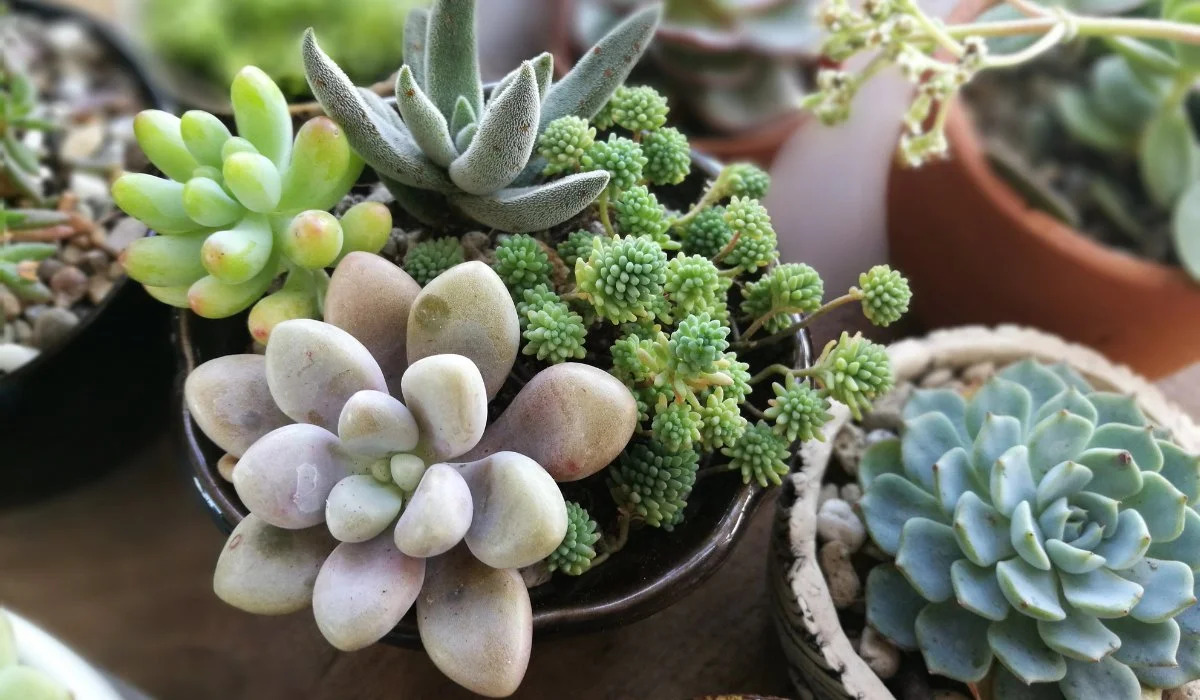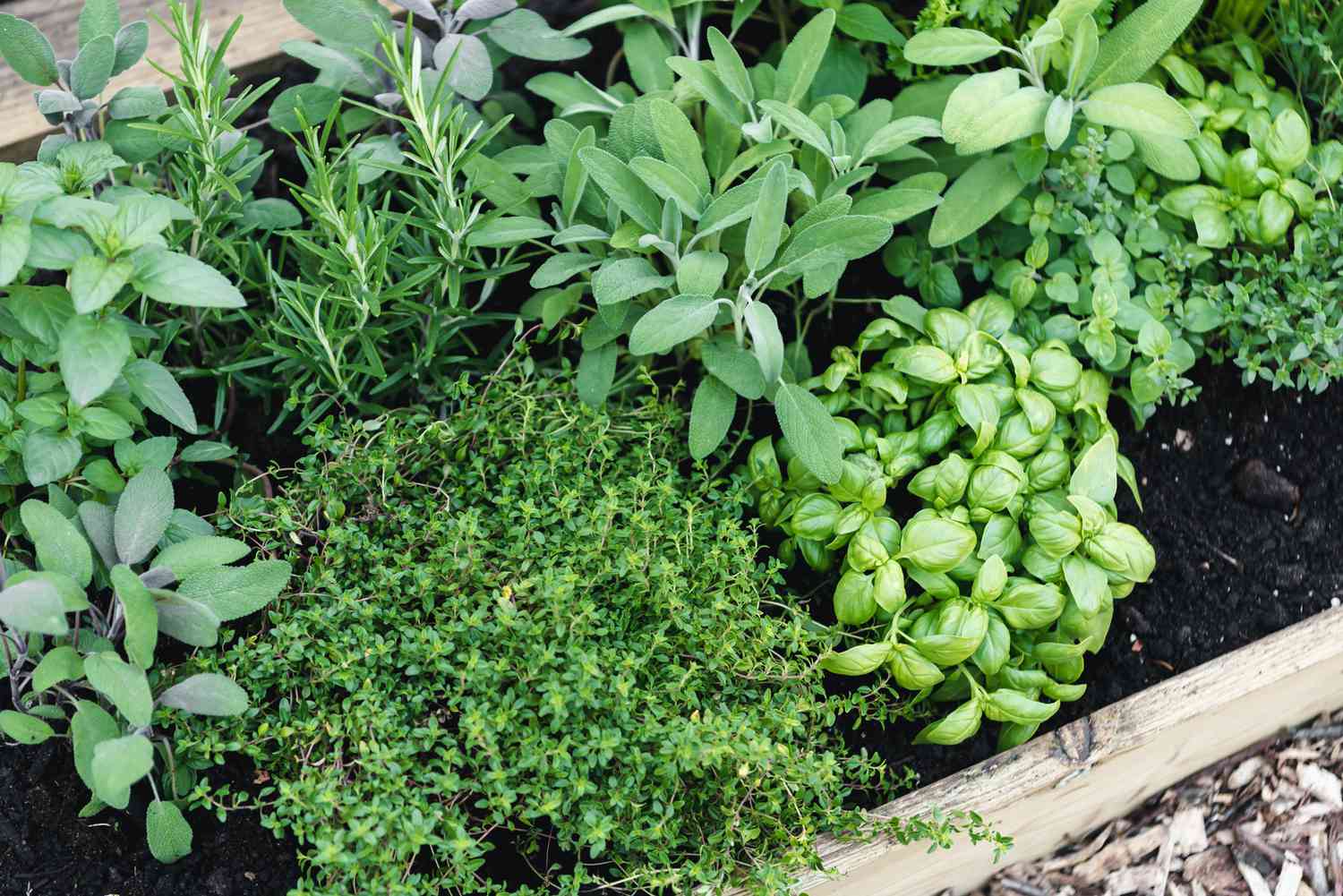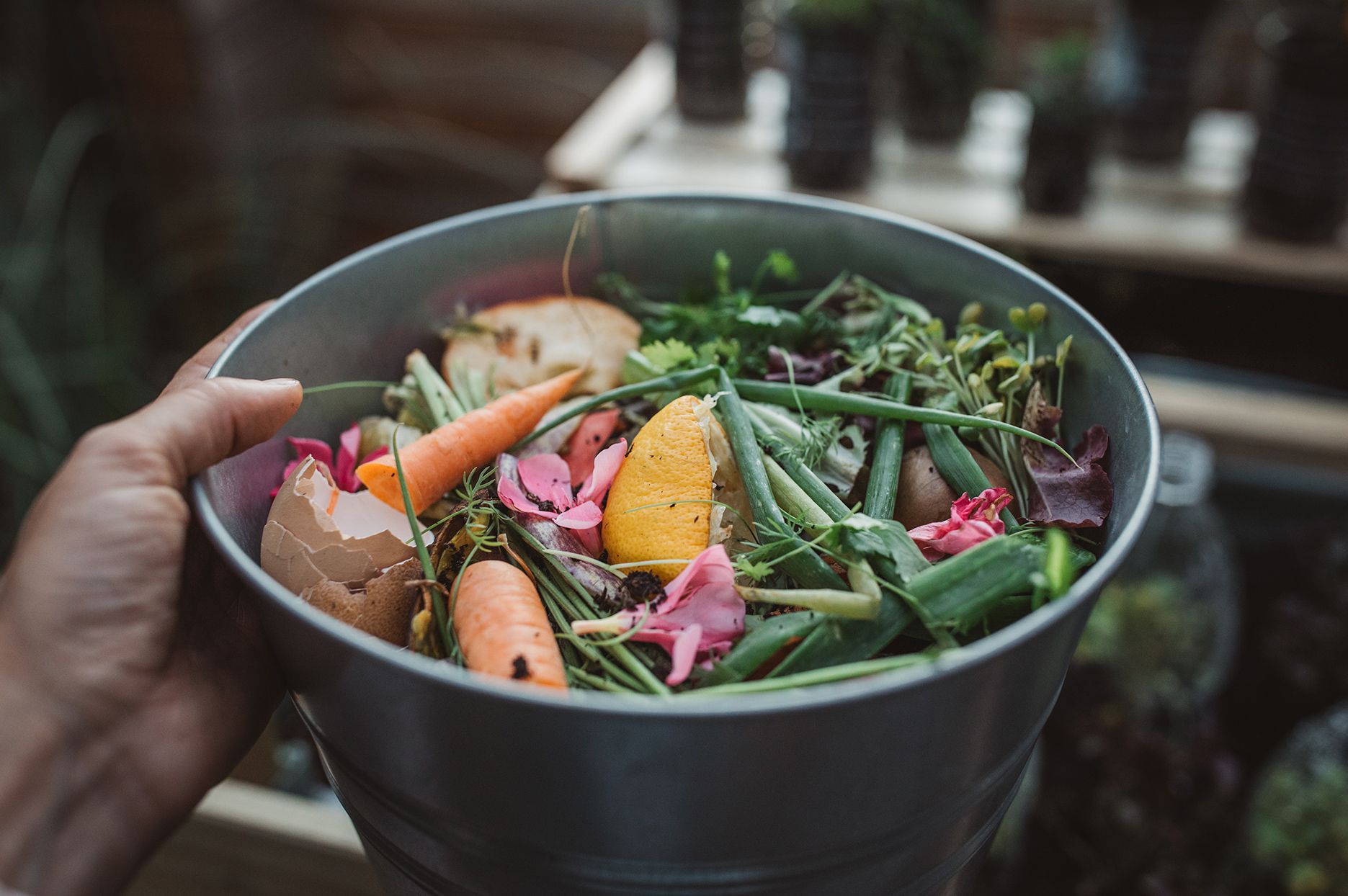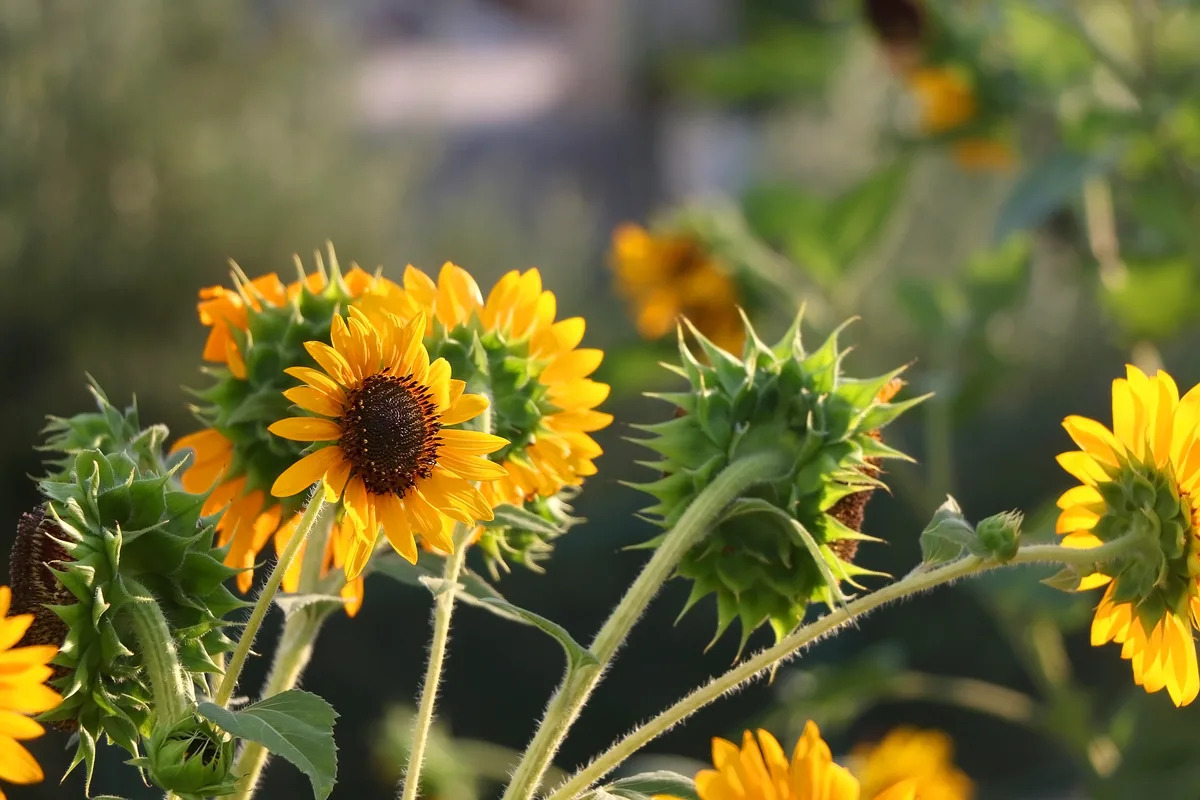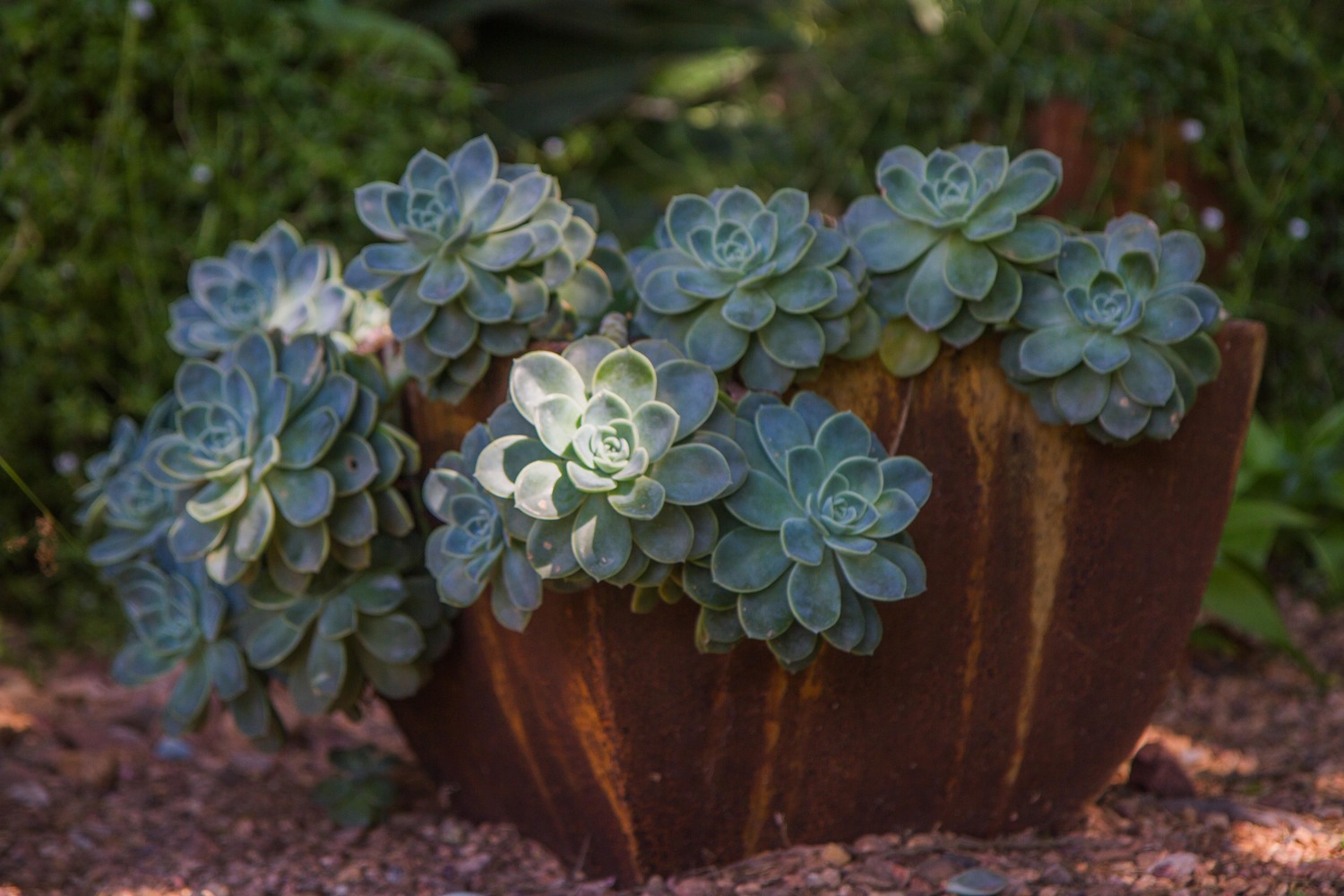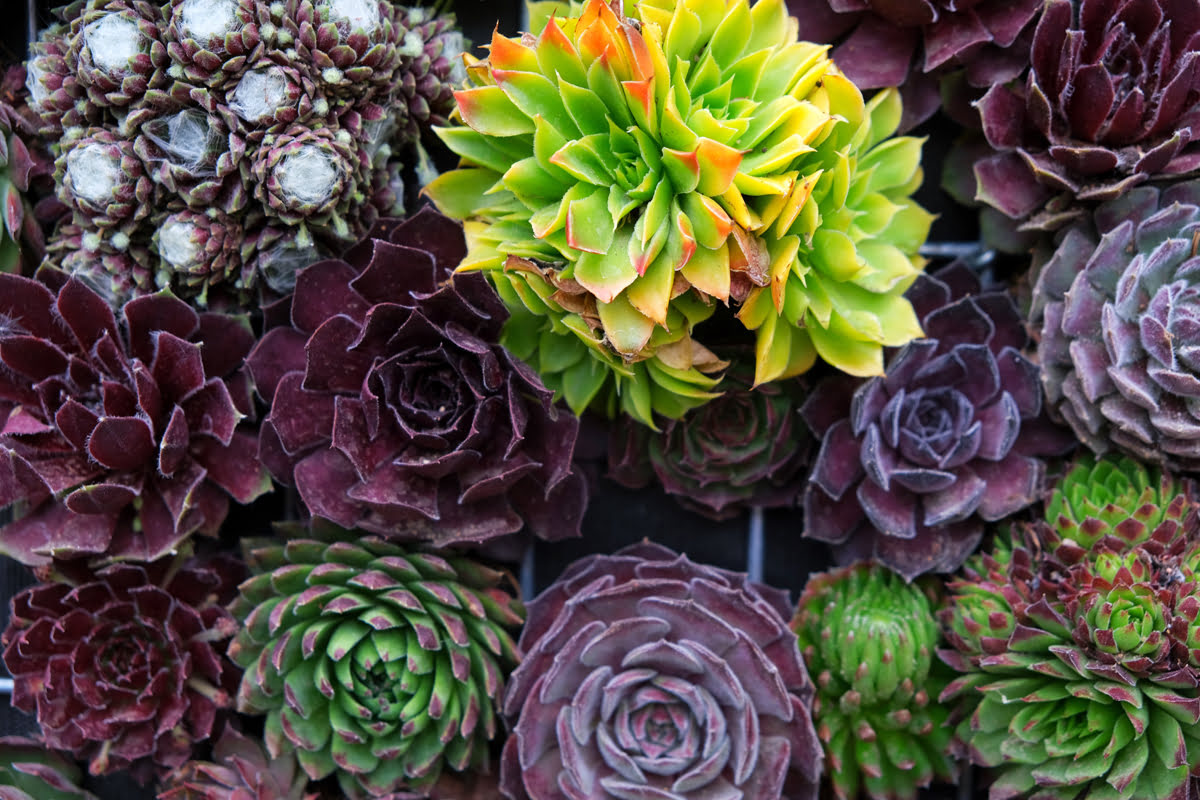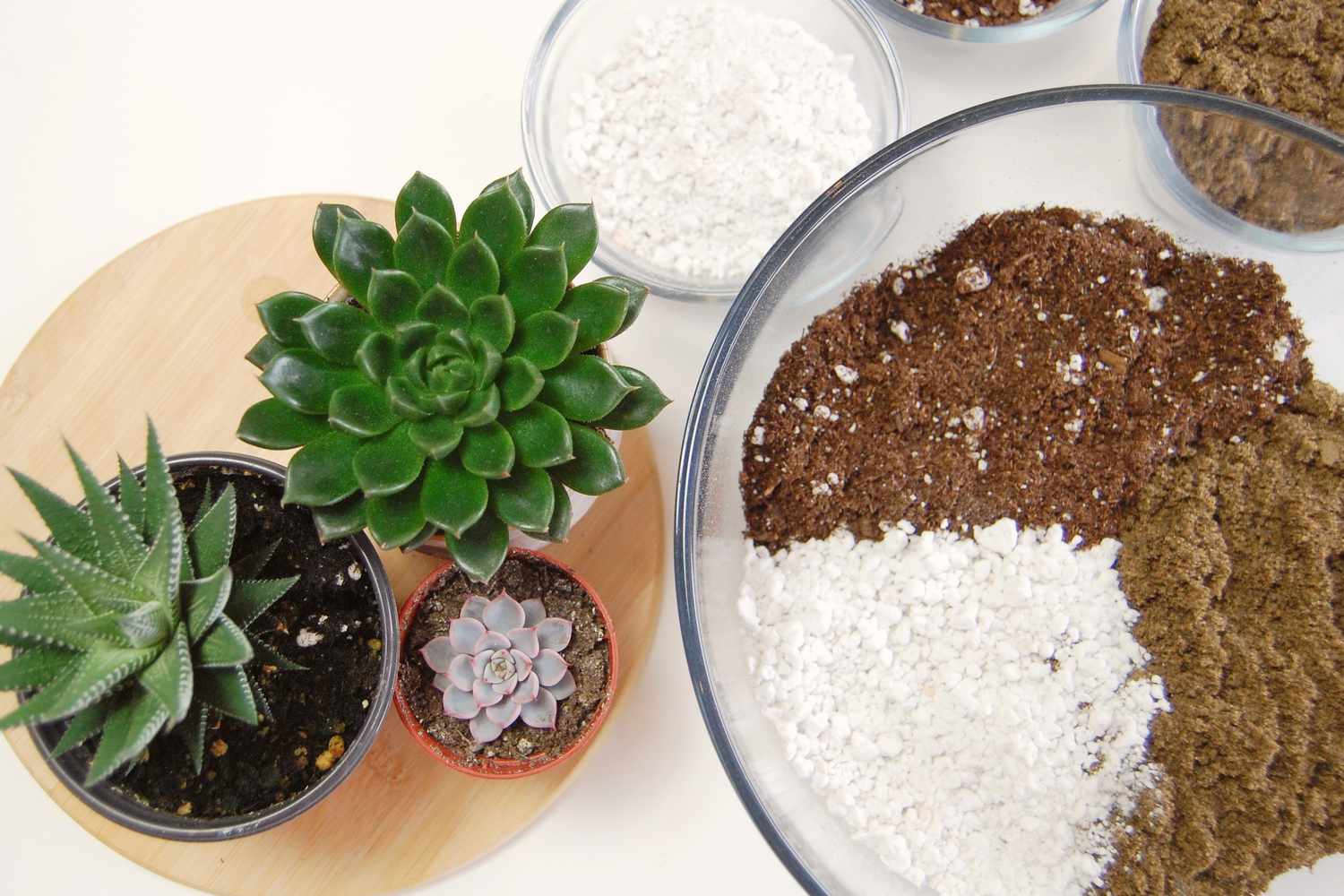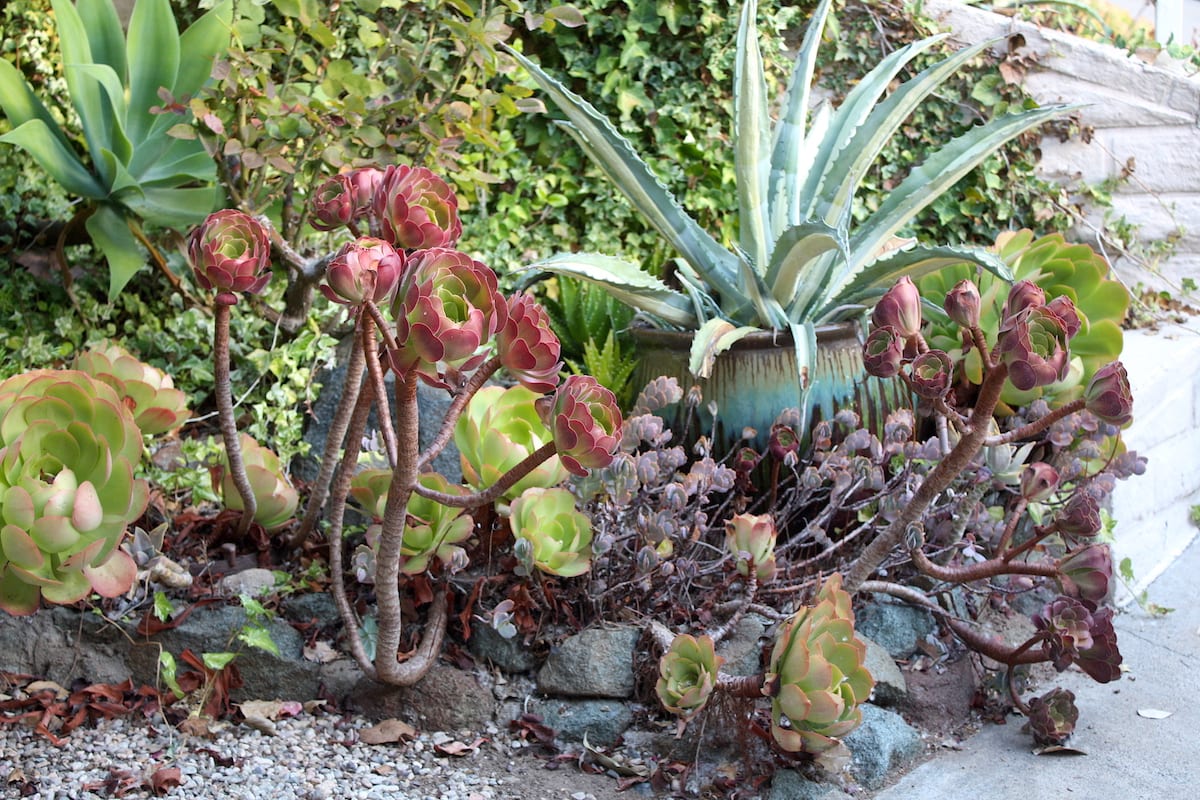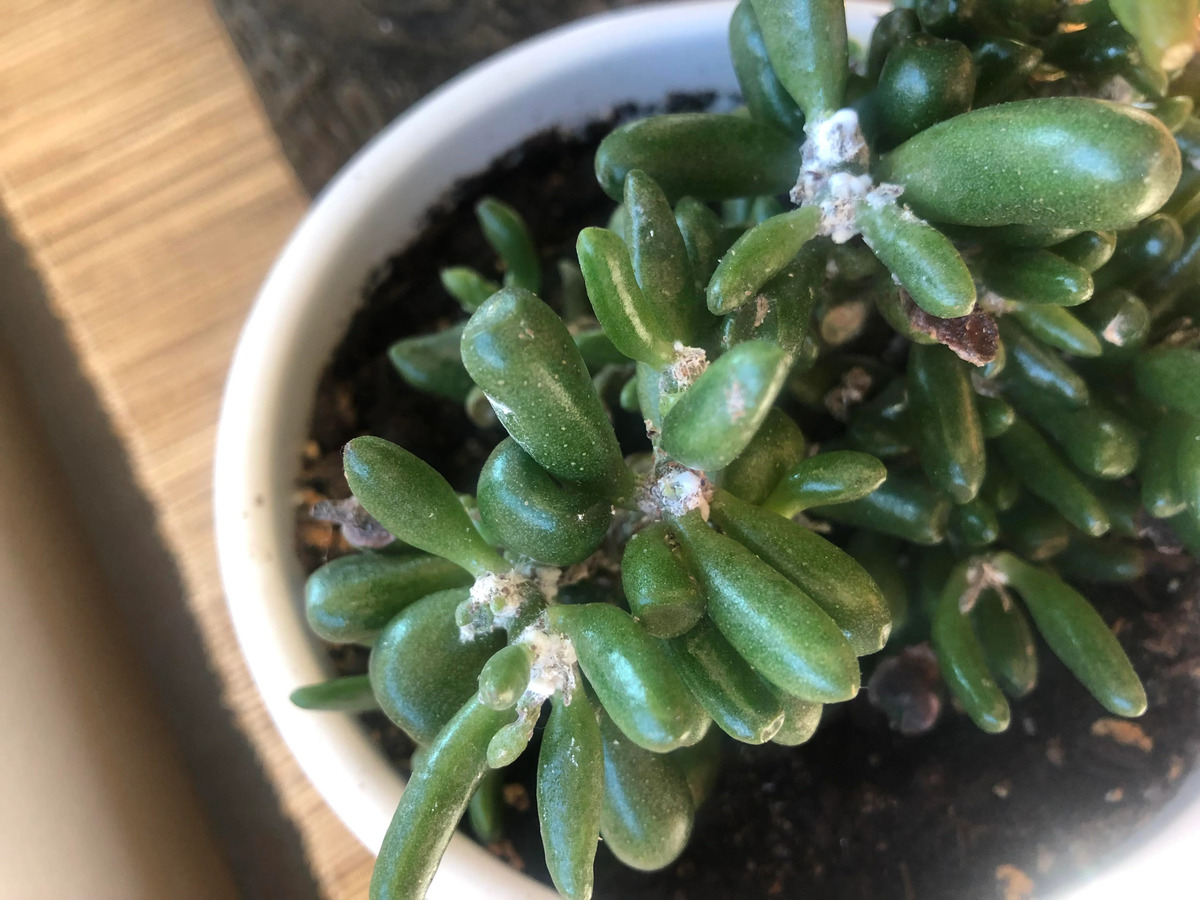Home>Types of Gardening>Ornamental Gardening>What Window Should Succulents Be In
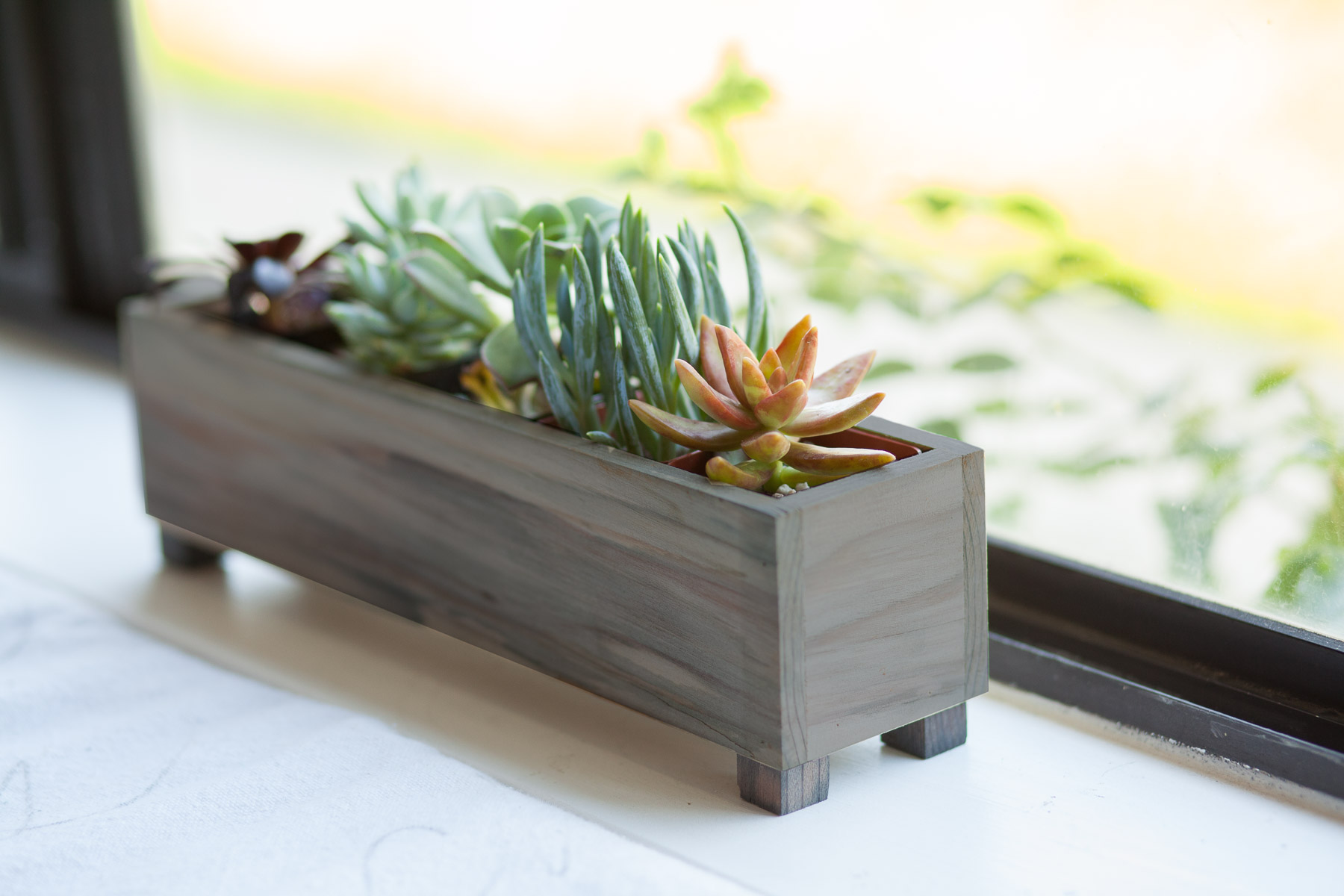

Ornamental Gardening
What Window Should Succulents Be In
Modified: January 22, 2024
Discover the best window for your succulents with our expert guide on ornamental gardening. Learn how to provide the perfect environment for your plants.
(Many of the links in this article redirect to a specific reviewed product. Your purchase of these products through affiliate links helps to generate commission for Chicagolandgardening.com, at no extra cost. Learn more)
Table of Contents
Introduction
Understanding the Ideal Conditions for Succulents
Succulents are a diverse group of plants known for their fleshy, water-storing leaves and stems. These hardy plants have gained immense popularity among gardening enthusiasts due to their low-maintenance nature and striking appearance. However, to ensure their optimal growth and health, it is crucial to understand the specific environmental requirements that succulents need. One of the key factors that greatly influences the well-being of succulents is the amount and quality of light they receive. In this article, we will delve into the intricate relationship between succulents and light, focusing on the best window options for these unique plants.
Succulents have evolved to thrive in arid and semi-arid regions, where they are exposed to abundant sunlight and limited water sources. As a result, they have developed specialized mechanisms to store water in their leaves, stems, or roots, enabling them to survive in harsh, drought-prone environments. This adaptation makes succulents well-suited for indoor cultivation, provided that they receive adequate light and are planted in well-draining soil.
Understanding the light requirements of succulents is paramount for any gardener looking to cultivate these captivating plants. Without the right amount of light, succulents may become etiolated, losing their compact, vibrant form and becoming leggy and pale. On the other hand, excessive light exposure can lead to sunburn and irreversible damage. Therefore, striking a balance and providing the ideal lighting conditions is essential for the overall well-being and aesthetic appeal of succulents.
In the following sections, we will explore the specific light requirements of succulents, the characteristics of different types of windows, and the considerations to keep in mind when selecting the most suitable window for your succulent collection. By the end of this article, you will be equipped with the knowledge and insights to create an optimal growing environment for your beloved succulents, ensuring their vitality and beauty for years to come.
Understanding Succulents
To truly care for succulents, it’s essential to comprehend their unique characteristics and the environments from which they originate. Succulents encompass a vast array of plant species, including cacti, aloe, echeveria, and sedum, each with its distinct features and adaptations. These plants have evolved to endure arid conditions by storing water in their leaves, stems, or roots, allowing them to thrive in environments where water is scarce. This exceptional ability to retain moisture enables succulents to endure prolonged periods of drought, making them well-suited for indoor cultivation.
The diverse forms and growth habits of succulents contribute to their allure as ornamental plants. From the striking symmetry of agave to the intricate rosettes of haworthia, succulents exhibit an astonishing range of shapes, colors, and textures. Their visually captivating appearance has made them a favorite choice for both novice and seasoned gardeners seeking to add a touch of natural elegance to their living spaces.
Aside from their aesthetic appeal, succulents are renowned for their resilience and low-maintenance requirements. Their ability to thrive in various climates and survive with minimal water and care makes them an ideal choice for individuals with busy lifestyles or those new to gardening. However, while they may be forgiving in terms of neglect, providing the right growing conditions is crucial for their long-term health and vibrancy.
Furthermore, understanding the natural habitats of succulents can offer valuable insights into their light requirements. Most succulents originate from regions with abundant sunlight, necessitating ample light exposure for robust growth and vibrant colors. By recognizing the environmental conditions that these plants have adapted to, we can better replicate their native habitats within our homes, ensuring that they flourish and display their full splendor.
As we delve deeper into the world of succulents, it becomes evident that these plants possess a remarkable blend of beauty, resilience, and adaptability. By embracing their distinctive traits and respecting their natural inclinations, we can cultivate thriving succulent displays that bring joy and tranquility to our indoor spaces.
Light Requirements for Succulents
Succulents have specific light requirements that are essential for their growth and overall well-being. In their natural habitats, these plants are exposed to abundant sunlight, which is a key factor in their ability to store water and thrive in arid environments. When cultivated indoors, replicating these light conditions is crucial for maintaining healthy and vibrant succulents.
Generally, succulents require bright, indirect light for a significant portion of the day. Placing them near south- or east-facing windows can provide the optimal balance of sunlight exposure and protection from harsh midday rays. It’s important to observe the behavior of your succulents to determine if they are receiving adequate light. Signs of insufficient light include stretching or elongation of stems, a phenomenon known as etiolation, as well as a faded or washed-out appearance of the plant’s natural colors.
While succulents thrive in bright light, it’s crucial to shield them from direct, intense sunlight, especially during the hottest hours of the day. Prolonged exposure to scorching rays can result in sunburn and damage to the plant’s tissues. To mitigate this risk, sheer curtains or window blinds can be used to diffuse and filter the sunlight, providing the ideal lighting conditions for succulents.
Understanding the specific light requirements of different succulent species is also important, as some may tolerate lower light levels compared to others. For instance, certain varieties such as Haworthia and Gasteria are more adaptable to low-light conditions, making them suitable for placement in north-facing windows or areas with limited natural light. Conversely, sun-loving succulents like Echeveria and Sedum necessitate brighter light and may thrive near unobstructed south-facing windows.
It’s worth noting that seasonal variations in light intensity should be considered when caring for succulents indoors. During the winter months, when daylight hours are shorter and sunlight is less intense, supplementary artificial lighting may be beneficial to ensure that succulents receive the necessary light levels for sustained growth and vitality.
By comprehending and accommodating the light requirements of succulents, we can create an environment that promotes their flourishing and allows us to revel in their stunning forms and hues. The next section will delve into the considerations for selecting the right window to provide the ideal light conditions for your beloved succulents.
Choosing the Right Window for Succulents
When it comes to cultivating succulents indoors, selecting the right window for their placement is a crucial decision that directly impacts their growth and overall health. The orientation and characteristics of windows play a pivotal role in determining the amount and quality of light that succulents receive, making it essential to consider these factors when creating an optimal growing environment for these unique plants.
South-facing windows are often the preferred choice for housing succulents, as they typically receive the most sunlight throughout the day, especially during the winter months when daylight hours are shorter. The abundant natural light streaming through south-facing windows provides an ideal environment for sun-loving succulents, allowing them to thrive and exhibit vibrant colors and compact growth habits. However, it’s crucial to monitor the intensity of the sunlight and ensure that succulents are shielded from direct, scorching rays during the hottest part of the day.
For spaces that lack south-facing windows or for individuals residing in regions with intense summer heat, east-facing windows offer a favorable alternative for cultivating succulents. These windows receive gentle morning sunlight, which is beneficial for promoting healthy growth while minimizing the risk of sunburn. Additionally, the indirect nature of the morning light provides a suitable balance for succulents, allowing them to bask in the sun’s warmth without being subjected to its harshest effects.
North-facing windows, although typically associated with lower light levels, can still accommodate certain varieties of succulents that are well-suited for low-light conditions. Species such as Haworthia and Gasteria, known for their adaptability to reduced sunlight, can thrive in these environments, making north-facing windows a viable option for displaying a diverse succulent collection.
When selecting the specific window for your succulents, it’s essential to consider the presence of any obstructions that may impede the passage of light, such as neighboring buildings, trees, or awnings. These obstructions can cast shadows and diminish the amount of sunlight reaching the plants, potentially affecting their growth and appearance. Therefore, choosing a window with unobstructed access to natural light is advantageous for ensuring the well-being of your succulents.
By carefully assessing the orientation and characteristics of the available windows, you can create an optimal setting for your succulents, allowing them to thrive and enrich your living space with their captivating presence. In the subsequent section, we will explore additional considerations to keep in mind when cultivating succulents near windows, enhancing your ability to provide a nurturing environment for these remarkable plants.
Other Considerations
While selecting the right window is a crucial aspect of cultivating succulents indoors, several additional considerations can further enhance the growing environment and contribute to the well-being of these resilient plants. By addressing these factors, you can create an optimal setting that promotes the vitality and aesthetic appeal of your succulent collection.
- Temperature: Alongside light exposure, maintaining an appropriate temperature is essential for succulents. These plants thrive in warm, arid conditions and are sensitive to cold drafts. Placing them near windows during the winter months requires attention to ensure that they are shielded from chilly air currents that could adversely affect their growth. Additionally, during the summer, it’s important to safeguard succulents from excessive heat near windows, as intense temperatures can lead to dehydration and heat stress.
- Air Circulation: Adequate air circulation is beneficial for preventing moisture buildup and fungal issues, especially in humid environments. Ensuring that the area around windows is well-ventilated can contribute to the overall health of succulents, reducing the risk of rot and other moisture-related ailments.
- Window Coverings: Utilizing sheer curtains, blinds, or window films can help regulate the intensity of sunlight and protect succulents from direct exposure to harsh rays. These coverings offer a means to diffuse light and shield plants from potential sunburn, while still allowing sufficient illumination for their growth.
- Seasonal Adjustments: As the seasons change, the intensity and duration of natural light fluctuate. It’s important to adapt to these variations by repositioning succulents or providing supplemental lighting when needed. Observing the behavior of your plants throughout the year can guide you in making necessary adjustments to accommodate seasonal light changes.
By considering these factors in conjunction with the selection of the appropriate window, you can create a nurturing environment that fosters the flourishing of your succulents. Paying attention to the interplay of light, temperature, and air circulation near windows empowers you to provide an optimal habitat for these remarkable plants, allowing them to thrive and infuse your living space with their natural allure.
Conclusion
As we conclude our exploration of the optimal window choices for succulents, it becomes evident that the interplay of light, temperature, and air circulation plays a pivotal role in creating an environment that supports the well-being and vibrancy of these remarkable plants. By understanding the specific light requirements of succulents and carefully selecting the most suitable window for their placement, you can establish an ideal setting that allows these resilient plants to thrive and display their captivating forms and hues.
From the sun-drenched exposure of south-facing windows to the gentle morning light of east-facing windows, each orientation offers unique advantages for accommodating various succulent species. Additionally, considering factors such as temperature regulation, air circulation, and seasonal adjustments further enhances the growing environment, ensuring that succulents receive the care and conditions they need to flourish.
By incorporating these insights into your succulent care regimen, you can cultivate a stunning indoor display that not only enriches your living space with natural beauty but also provides a rewarding and fulfilling experience as you witness the resilience and splendor of these captivating plants. As you continue your journey in nurturing succulents, may the knowledge and considerations shared in this article serve as valuable resources, empowering you to create an optimal habitat for these resilient and alluring botanical treasures.
